SGGP
Wildfires are not a new phenomenon. But now they are becoming more frequent and lasting longer, partly due to climate change. What can be done to prevent this threat?
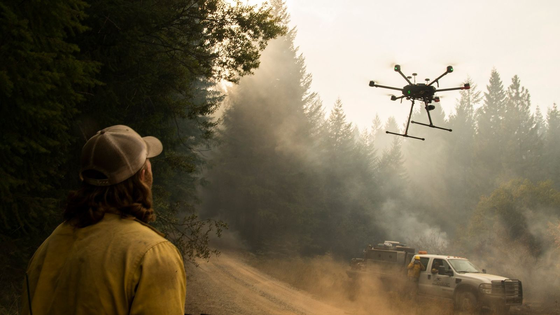 |
| Using drones to control forest fires in Finland |
Worrying situation
Fires have been raging in Canada for months, with local firefighters and international support struggling to contain them. About 10 million hectares have burned, sending huge plumes of smoke over parts of North America. Large fires have also spread to Italy, Greece and Spain in recent days.
Spain’s Aemet weather agency has warned of more major fires to come, fueled by heat and adverse winds. In the southern hemisphere, the massive fires of the 2019-2020 Australian summer burned nearly 24 million hectares of forest. And as they continue to be heated by increased fossil fuel burning, those fires will worsen, endangering more people and wildlife.
The world is not on track to reduce the risk of wildfires and what is needed now is a drastic reduction in greenhouse gas emissions, according to Hamish Clarke, a senior ecologist at the University of Melbourne in Australia. Clarke has warned about the risk of wildfires in Australia, arguing that climate change is outpacing the ability of ecological and social systems to adapt and that wildfire control is ineffective.
Necessary measures
To improve forest protection, experts say, in addition to cutting emissions, a number of other measures need to be implemented synchronously. First, controlled or prescribed burning of forest vegetation, usually in the cold months, helps reduce the risk of forest fires in the summer by reducing the amount of available fuel. In countries prone to forest fires such as the US, Australia, Portugal, Spain, Canada, France and South Africa, this is a forest fire control strategy that has been tested for decades.
The method, called hazard reduction, is highly effective in reducing the intensity and severity of wildfires, said Victor Resco de Dios, a professor of forestry engineering at Spain’s University of Lleida. He said controlled burning of dry grass in cool conditions is more effective when done over a large spatial scale.
However, with global temperatures now rising, this must be done carefully or it could spiral out of control. A recent controlled burn in New Mexico, the US, resulted in the worst fire in the state’s history. Subsequently, Director of the US Forest Service (of the US Department of Agriculture ), Randy Moore, announced a moratorium on planned burns in national forests across the US.
The second approach is to use technology to put out large fires. Satellites operated by NASA have helped firefighters track fires moving across the planet. Drones have also become an effective high-tech firefighting tool. Finland, where forests cover 75% of the land area, has effectively deployed drones to monitor forest fires.
Finland is developing new AI-based drone technology to quickly detect forest fires and provide situational forecasts when extinguishing them, said Professor Eija Honkavaara from the Finnish Institute for Geospatial Research (NLS) and a member of the research team behind the project. While drones provide real-time telemetry data, they are also equipped with sensors that can see through smoke to detect the exact extent of the fire. A strong internet connection is essential in remote areas.
Third, according to experts, forest ecosystems are vulnerable, so it is necessary to adapt to frequent wildfires by planting more drought- and climate-resistant plant species. According to Professor Resco de Dios, it is necessary to plant more drought-resistant tree species. An investigation into the 2021-2022 summer wildfires in Australia showed that the ability of more than 250 plant species to “regenerate effectively” is decreasing due to the increasing frequency of fires. Scientists note that the climate is no longer suitable for many tree species that evolved at the beginning of this century, so planning for new tree species should begin.
Source



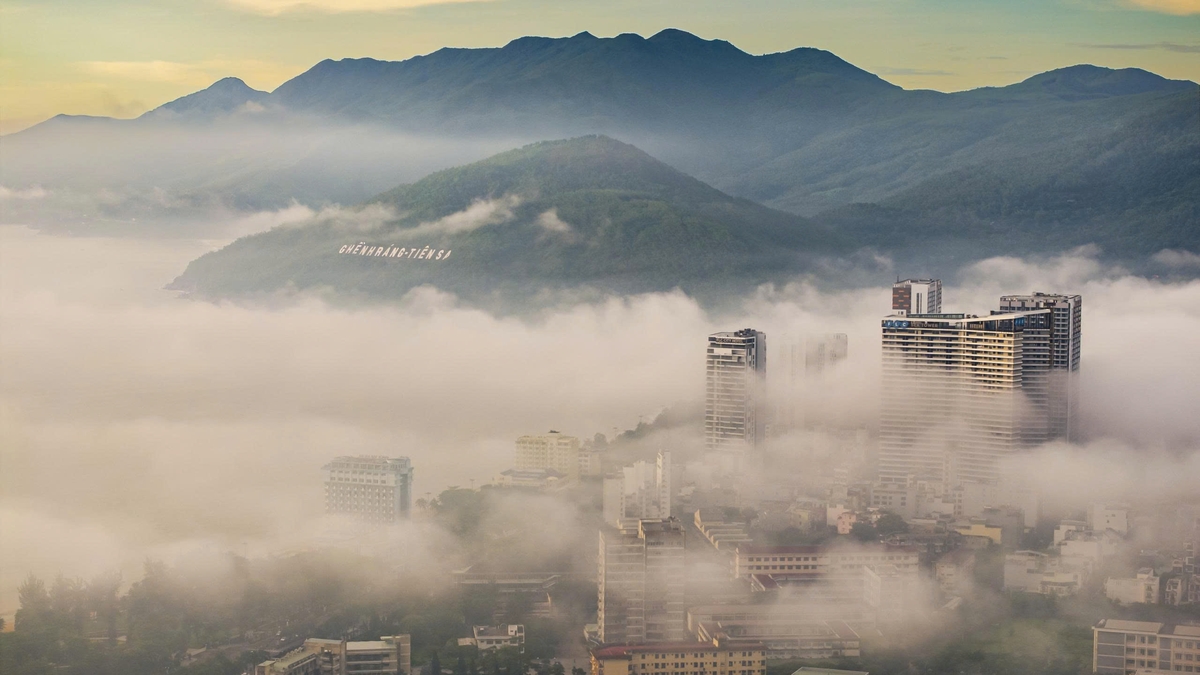
![[Photo] President Luong Cuong receives US Secretary of War Pete Hegseth](https://vphoto.vietnam.vn/thumb/1200x675/vietnam/resource/IMAGE/2025/11/02/1762089839868_ndo_br_1-jpg.webp)
![[Photo] Lam Dong: Images of damage after a suspected lake burst in Tuy Phong](https://vphoto.vietnam.vn/thumb/1200x675/vietnam/resource/IMAGE/2025/11/02/1762078736805_8e7f5424f473782d2162-5118-jpg.webp)
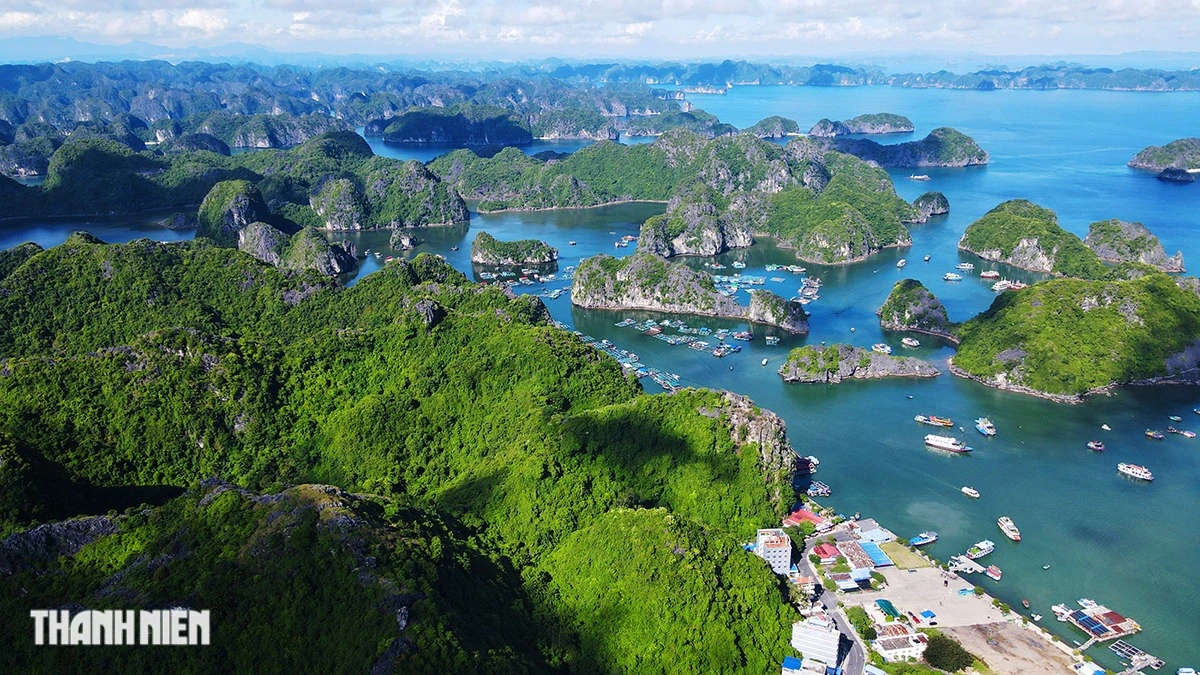

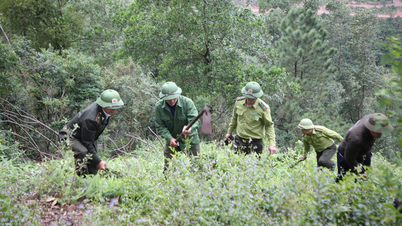

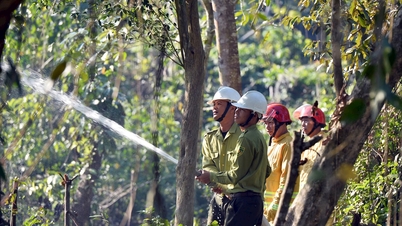

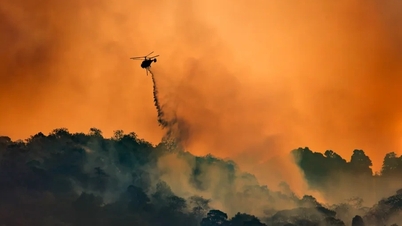















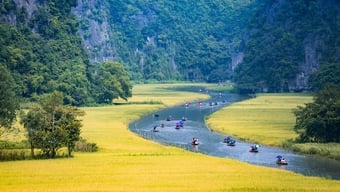

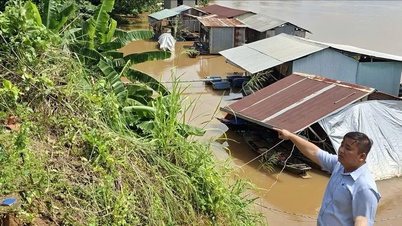



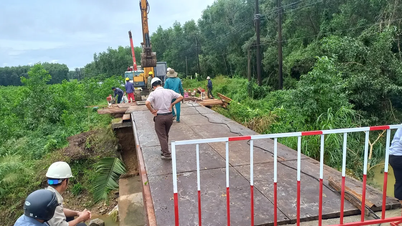


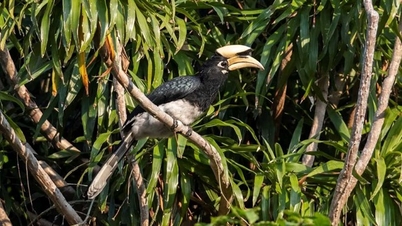
















































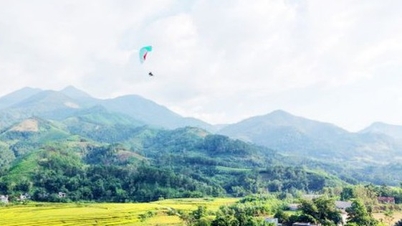


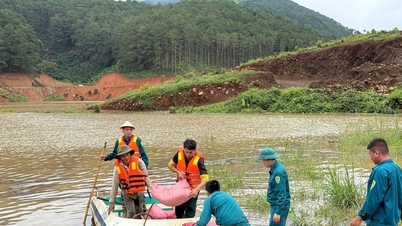

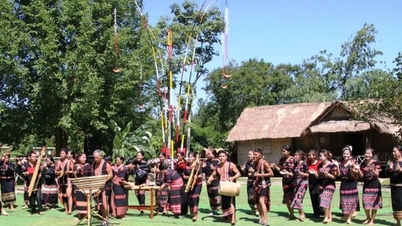






















Comment (0)